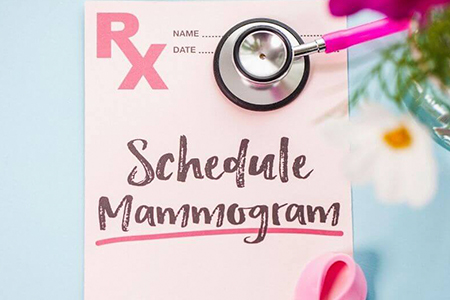This week we look into some of the health threats which are common to women. To understand more about this, we talk to Dr Silvam Sellapan, a Consultant Obstetrician and Gynecologist from Columbia Asia Hospital – Puchong, who gives us pointers on to what to watch out for and how to take better care of ourselves.
Not only that, for mummies who have daughters, these are good pointers to help with their health as they get into adolescent years, too. Read on!
Q1: What are the most common health issues that affect women in Malaysia?
Some of the general threats are obesity, diabetes mellitus, hypertension and their related problems. More specific areas include menstruation problem, pelvic pain and related issues.
Q2: What sort of prevention can women take to avoid these health risks?
Good health related education from a young age helps to prevent, or at least diminish the severity and complication of the problems. Some preventive measures to take are weight management, regular Pap smear and gynae check-up.
Q3: At what age groups do women face these health issues?
Presentation and difficulties varies according to age groups such as:
- Adolescent stage
- Young Adults
- Older adults

Q4: What are the essential screening tests every woman needs, and at what age should they start getting them?

These are some of the essential screening tests:
- Primary, secondary school: General health screening, mental health. (e.g.: height, weight, BMI, etc.)
- Sexually active adults: Pap smear screening, HPV screening test
- Older adults: General—Blood pressure, sugar level, lipid
Some more specific tests for ladies are:
- Pelvic ultrasound
- Breast self-examination
- Mammogram
Q5: What is the difference between a pelvic exam and a Pap smear?
Pelvic examination: This is a physical examination done to identify pelvic organs and verification of any abnormalities especially for uterus and ovaries.
Pap smear and HPV screening: These are simple clinical tests to identify abnormal cells at cervical mucosa (cervix—lower part of the womb).
Q6: How often should women get a pelvic exam and a Pap smear?
- Pelvic examination: Once a year
- Pap smear: Once a year
- HPV Screening: Once in 5 years
Except for special conditions, where these tests should then be scheduled more frequently.
Q7: What does a routine Pap smear show?
A routine Pap Smear is done:
- To evaluate adequacy of cells, presence of endocervical cells, microscopic appearance of cells.
- To detect presence or absence of infection like trichomoniasis and other bacteria.
- As a main interpretation is to identify intraepithelial lesion (cellular lesion) or malignancy.

Q8: What are cervical or ovarian cancer symptoms to watch for?
Cervical Cancer:
- Usually no symptoms.
- Can present with post-coital bleeding, intermenstrual bleeding, abnormal Pap smear.
Ovarian Cancer:
- Usually no symptoms (Organ inside the body).
- Can present with ovarian cyst, abdominal distension, irregular vaginal bleeding (late symptoms).

Q9. What are the best methods to screen for ovarian and breast cancer?
Ovarian Cancer
- Regular clinical examination including pelvic examination after 40 years.
- Tumour marker like CA 125 (non-specific).
- Highly vigilant regarding menstrual abnormality, or sudden abdominal distension.

Breast Cancer
- Breast self-examination
- Mammogram (usually after 40 years)
- Tumour marker (eg: CA 153), non-specific.
Let’s step up and take up an active role in ensuring that we are always in tip top and healthy condition so that we can take care of our family and give them the best of us. Share this important article with all the women out there so that they too can do the needful.
This article first appeared in Motherhood.com.my, 17 December 2021.
Share:
Was this article helpful?
Share:
Was this article helpful?
Health Packages
Elevate your health with tailored health packages at Columbia Asia Hospital. Take charge of your health journey today.

